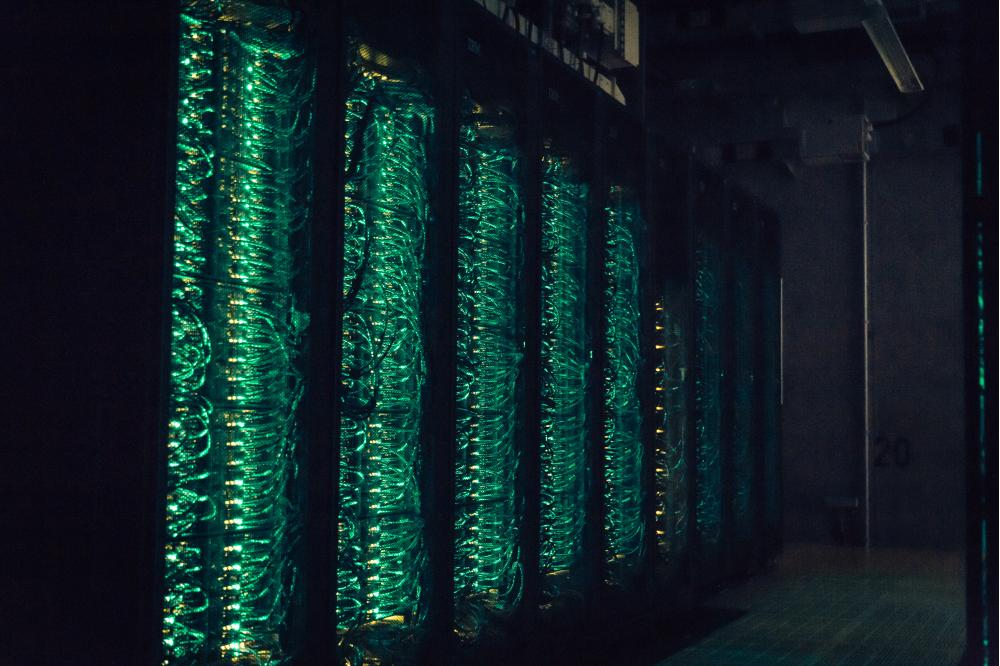Scientific Machine Learning for Chemical Kinetics
Introduction
Detailed multi-scale modelling provides in-depth insights into the complex phenomena of catalytic systems that typically occur over a wide range of time and length scales.[1,2] While they would allow for rational catalyst- and reactor design [3] such highly complex models will be computationally infeasible for the foreseeable future [2]. The computationally most demanding part of those simulations is the solution of the chemical kinetics that often takes 70% to 90% of the computation time for both gas-phase and surface-reactive systems. Therefore, there is huge interest in accelerating the kinetic calculations. We developed Machine Learning methods that reduce the computational cost significantly by providing surrogate models for the solution of the detailed chemistry.
Methods
We calculate steady state source terms for a wide range of relevant conditions of three catalyzed systems with known microkinetic mechanisms using the ode15s ODE solver implemented in MATLAB: 1. the preferential oxidation of CO in H2 rich streams.[4,5,6] 2. the ammonia oxidation under industrially relevant conditions of the Ostwald process.[4,5] 3. an adiabatic steam reformer.[6] We map the steady state source terms as a function of partial pressures and temperature using different neural network architectures. Species whose source terms do not change sign (e.g. O2 in test case 1) are modeled by linearizing the highly non-linear input-output relation by transforming data according to the law of mass action and the Arrhenius equation. If source terms cover both, positive and negative data (e.g. CO in test case 1), we apply the inverse hyperbolic sine transformation instead of the logarithm. An alternative to this direct data transformation is the latent transformation where the physical equations are directly embedded into the model structure. The structural physical bias can further be increased by enforcing mass conservation with the stoichiometric matrix or thermodynamic consistency in form of the De-Donder relation.
Results
Standard neural networks are not suited to accurately model the highly non-linear input-output relation typical for chemical kinetics. Model accuracy is greatly increased by embedding physical knowledge into the neural network structure. The proposed latent hyperbolic sine transformation is well suited for kinetic surrogate modeling and accelerates the calculation of surface reaction rates by factor >10,000.[5] We showed that a neural network with embedded stoichiometry and thermodynamics even learns kinetics from integral reactor data.[6] Models are validated by implementing them in plug-flow reactor simulations of industrially relevant systems.
Discussion
The concept of latent data transformation is not limited to neural networks and can be used in all machine learning methods that allow customizing the loss function. Overall, the proposed approach of structurally embedding physical knowledge into machine learning models will not only significantly facilitate the application of detailed mechanistic knowledge in the simulation-based design of realistic catalytic systems, but it also presents a first step towards learning detailed surface kinetics directly from experimental data. In the follow-up project, we plan to increase the physical bias in the model structure to ensure their predictions are physically plausible and thus reliable. Further, we will work on adaptive models, that increase extrapolation capabilities by active learning.




